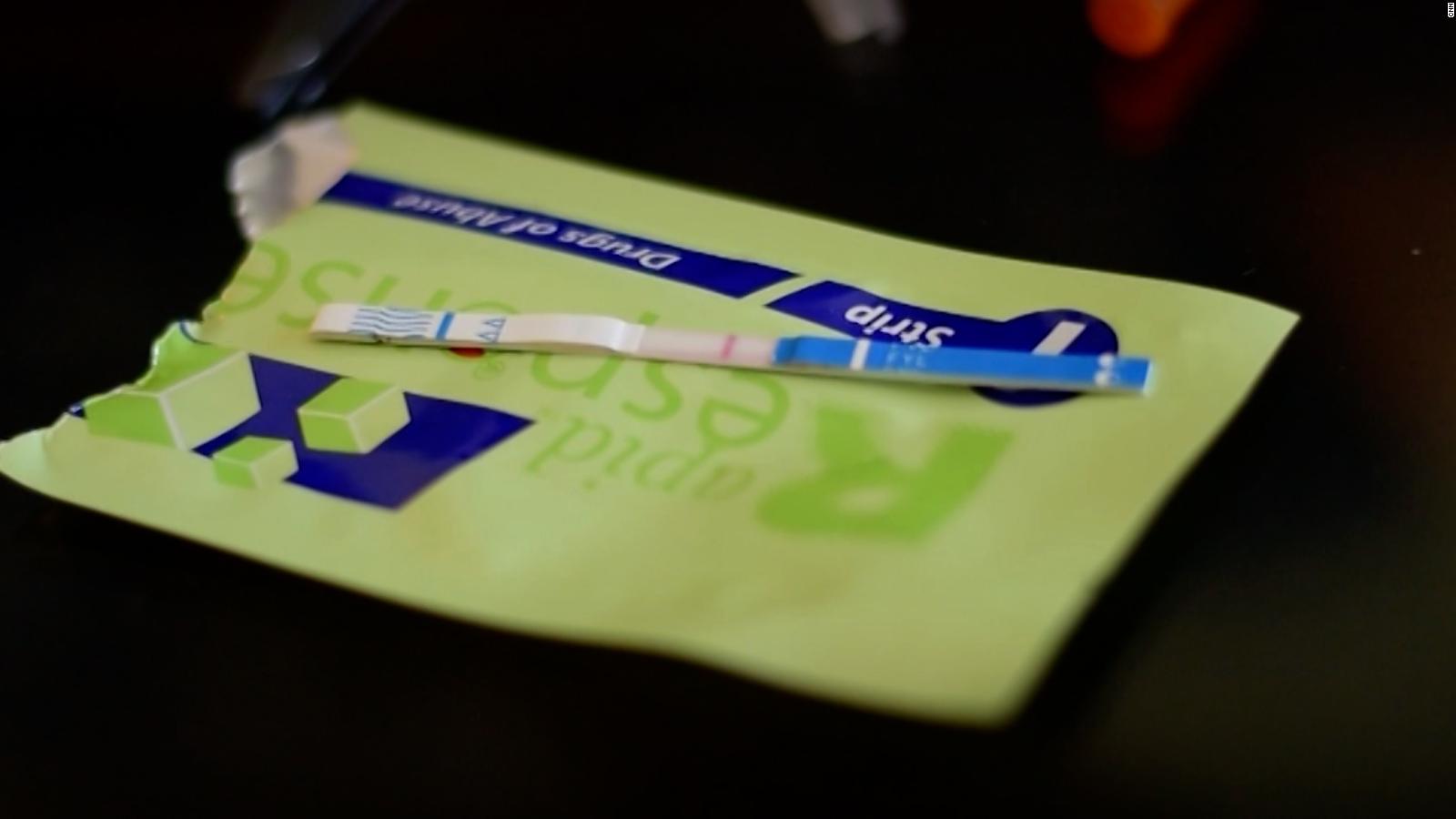

The first year of the COVID-19 pandemic saw a 113% increase in the “Years of Life Lost” among adolescents and young people in the United States due to unintentional drug overdose, according to researchers at The Ohio State University Wexner Medical Center and College of Medicine.
Study findings published online in the Journal of Adolescent Health also document the role of fentanyl in rising overdose rates.
Excess mortality was calculated in Years of Life Lost (YLL), which is the difference between the age at which a person dies and their expected remaining lifespan. In 2019, U.S. life expectancy at birth was 78.8 years, according to the Centers for Disease Control and Prevention (CDC).
“Mortality due to unintentional overdose in adolescents reached an all-time high in 2020,” said addiction medicine specialist Dr. O. Trent Hall, study corresponding author and an assistant professor of Psychiatry and Behavioral Health at Ohio State. “The majority of deaths involved fentanyl and other synthetic opioids. The trends depicted in this study signify the need for increased harm-reduction approaches and treatment of opioid use disorder in adolescents.”
The number of adolescent YLL to unintentional drug overdose in the United States more than doubled from 39,579 in 2019 to 84,179 in 2020 – an increase of 113% – after remaining relatively stable between 2016 and 2019. In 2020, the accumulated total of YLL to unintentional overdose surpassed that of cancer, said study first author Dr. Sarah Perou Hermans, clinical instructor in Ohio State’s Department of Internal Medicine.
Synthetic opioids – including primarily illicitly manufactured fentanyl – contributed to 81% of overdose deaths and 68,356 YLL, compared to 67% and 26,628 YLL in 2019. In addition, YLL to unintentional overdose during 2020 was higher for males (59,274) compared to females (24,905), Hermans said.
Researchers obtained data from the CDC’s Wide-Ranging Online Data for Epidemiologic Research mortality file for years 2016-2020 to investigate unintentional overdose in adolescents aged 10-19.
“Our findings contribute to an emerging body of research documenting adolescent overdose and the impact of fentanyl across communities and this vulnerable population,” Hermans said. “The death of a single adolescent to accidental drug overdose is unacceptable. We have sounded the alarm. Now it is time to start putting out the fire. We hope this study will spur public health officials into action. Our society has to prioritize these young lives.”
This study replicates and extends Hall’s earlier research, “Unintentional Drug Overdose Mortality in Years of Life Lost Among Adolescents and Young People in the US From 2015 to 2019,” published in JAMA Pediatrics in January. That study was the first to use YLL to assessed unintentional drug overdose mortality among adolescents and young people.
“Our study extends on this research by examining trends by year, as well as by gender, age and substances involved. This study then compared unintentional overdoses with other leading causes of adolescent death to further quantify the impact of these mortalities,” said Hermans.
For next steps, the research team intends to study overdose prevention, substance use treatment and harm reduction approaches to stop adolescents dying from overdose.

